Year to year, CES has a certain sameness about it: Intel’s booth at the front, Sony’s in the back and thousands of ginormous TVs in between. The topics and trends feel like the same things we’ve been talking about forever: Internet of things, smart home, autonomous vehicles, wireless everything. Is this really any different from last year?
On the one hand, not so much. But turn the clock back just three years — if not more — and you quickly realize that the tech landscape of the past feels like a different planet. To that end, as we prepare to embark to Las Vegas, we’ve come up with 12 questions that we’re hoping the world’s largest technology trade show will answer — or at least give us a clue as to where the world of technology will be headed in the next 12 months.
Can anything rival Alexa’s smart-home dominance?
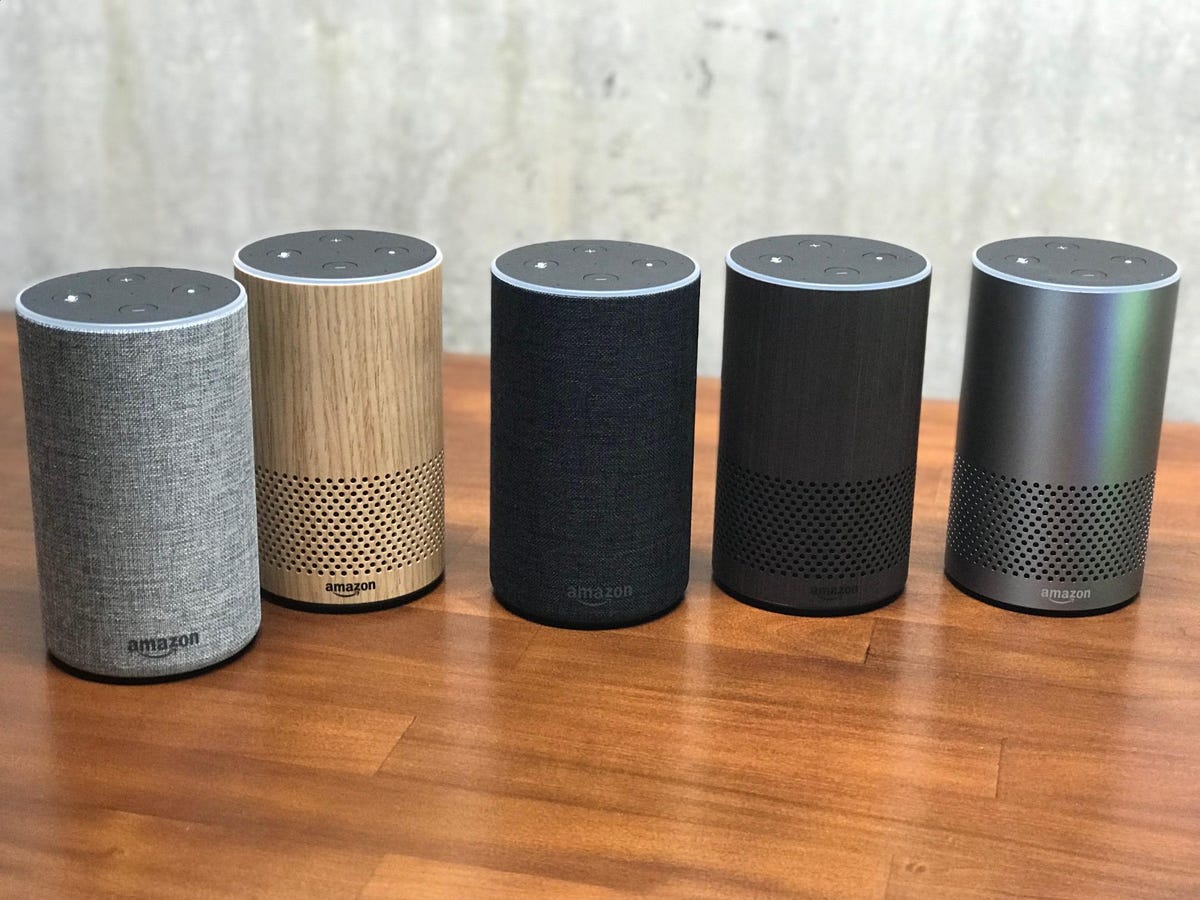
The second-generation Echo smart speaker was merely one of a cavalcade of Alexa-compatible speakers that debuted in 2017.
Ry Crist/CNET
Amazon’s digital assistant was the big winner of CES 2017, racking up a seemingly endless list of announced partners and compatible devices at last year’s show. The platform consolidated those gains with a Christmas buying season in which “tens of millions” of new Alexa-powered Echo speakers were sold. With that sort of head start, can Google Assistant, Apple’s Siri, Samsung’s Bixby — or anything else — put a dent in what’s starting to feel like the de facto smart-home operating system?
Read more: CES 2018 preview: The smart home gets smarter
Read more: Apple HomePod likely a no-show at CES, but it could win anyway
Is Google in it to win it?
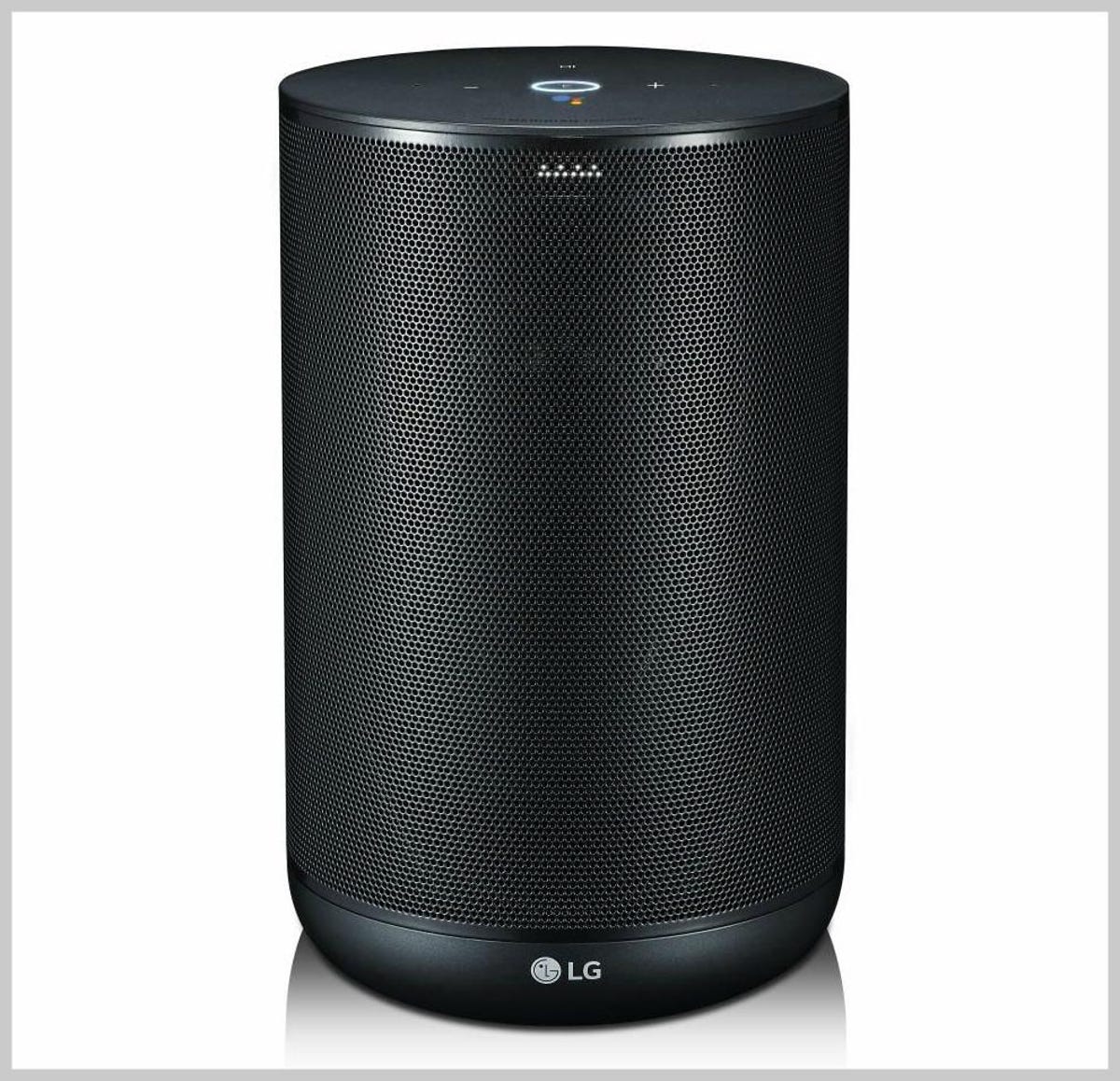

LG’s Thinq has Google Assistant built in.
LG
Actually, Google has already made some good progress on the anti-Alexa front. LG has already preannounced that Google-powered smart speakers, sound bars and TVs will be debuting at the show, building on Sony, JBL and Mobvoi products with built-in Google Assistant that we saw in 2017. But will it be enough? And will Google — which has a CES booth for the first time since 2015 — have anything more substantive to show off in Las Vegas?
Can Intel fend off Qualcomm and Nvidia?
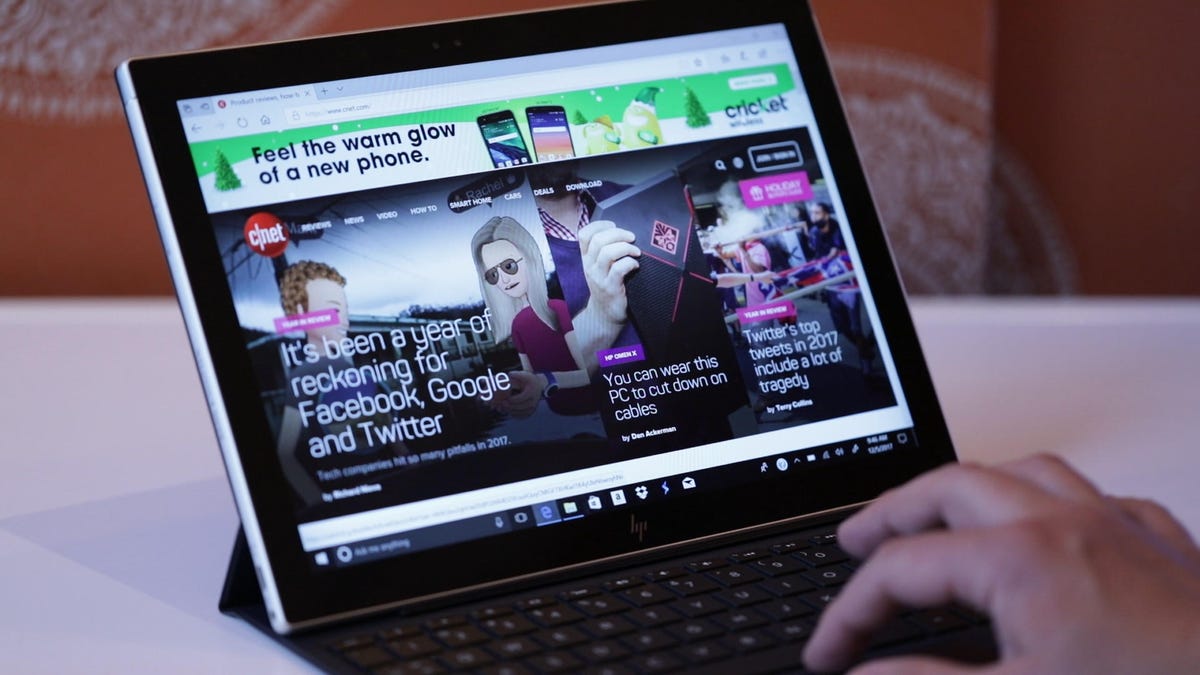

This version of HP’s Envy X2 2-in-1 tablet has Qualcomm inside — not Intel.
Sarah Tew/CNET
With its fingers in everything from autonomous driving technology to GPU-powered Bitcoin mining, Nvidia is set to build on a strong 2017 with its traditional pre-CES press conference (watch it live on CNET on Sunday, Jan. 7 at 8 p.m. PT). Qualcomm, meanwhile, isn’t getting bogged down by its legal fights with Apple: the company has already telegraphed its 2018 plans with the December unveiling of the Snapdragon 845 chip, which will undoubtedly power most of the high-end Android phones this year — and even Snapdragon-powered Windows laptops, which promise marathon battery life. So, where does that leave Intel? The company’s 2017 was dominated by pullbacks and cancellations, leaving the Intel Developers Forum, the Project Alloy VR headset, Recon Jet smartglasses and the Basis wearable division among the casualties.
With the traditional PC market still stagnant, CEO Brian Krzanich is expected to continue the chipmaker’s pivot toward mobile at the show’s opening keynote on Tuesday night with a focus on 5G wireless technology (more on that below).
Where does TV and display tech go from here?
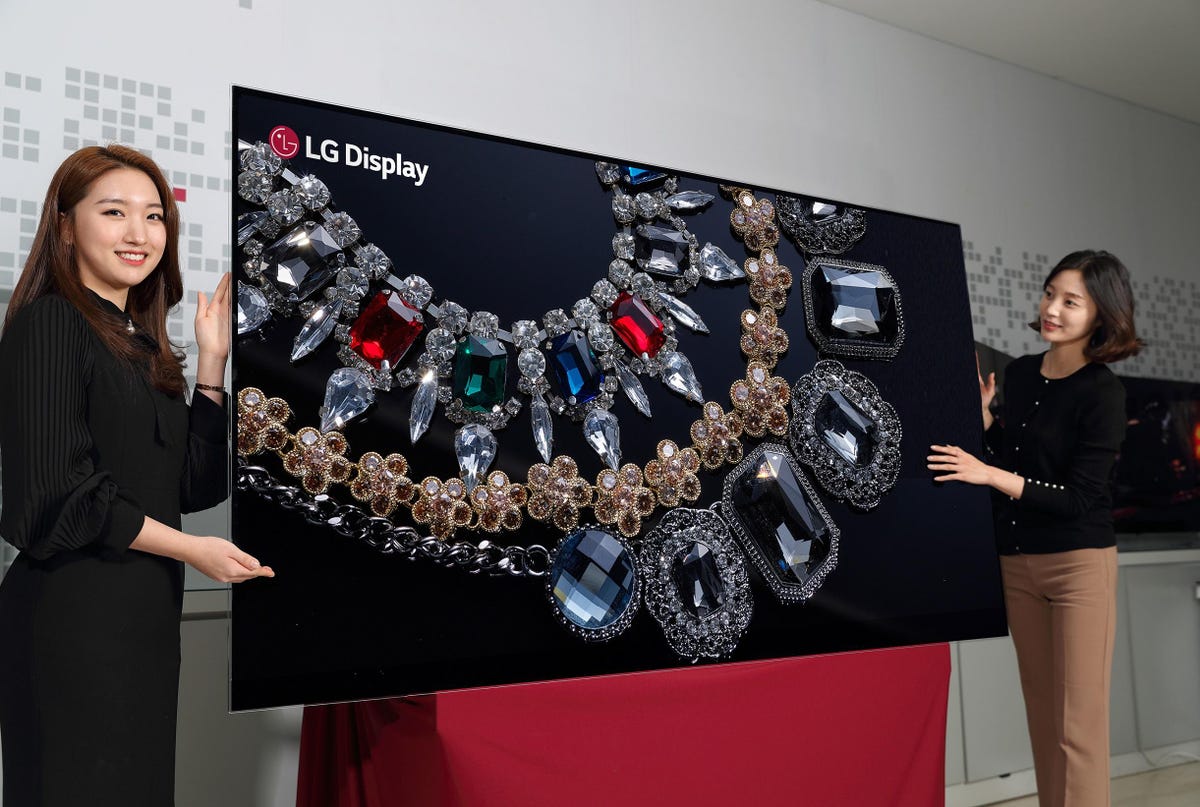

LG’s 88-inch 8K prototype.
LG
Once upon a time, CES bragging rights used to be all about which company would unveil the biggest flat-panel TV. But the market has roundly rejected recent TV “innovations” like 3D TV and curved screens, while commoditization and plunging prices have us taking giant ultra-high-definition screens for granted: Black Friday sales were awash in 60-inch 4K HDR TVs just a few weeks ago. Expect plenty more prototypes (transparent, two-sided, bendable/foldable displays and — yes — ever-larger 8K screens, too), but the real-world battle will remain between OLED and ever-improving LCD technologies, including those utilizing full-array local LED dimming and quantum dot. And don’t count out projectors — expect cheaper and better models building on a strong 2017 that was dominated by innovations such as laser lighting and short-throw technology.
Read more: CES TVs preview: What to expect from the big screens of 2018
What’s the next earthquake to shake the media landscape?


Two great tastes that taste great together.
The Walt Disney Company
The aftershocks of Disney’s just-announced deal to buy most of Fox are still rumbling through Hollywood, even as AT&T’s takeover of Time Warner has yet to navigate the uncertain regulatory waters of the Trump administration. The FCC’s Dec. 12 vote to kill net neutrality regulations, meanwhile, is only beginning what will likely be a long and winding road through federal courts and state legislatures. And while these events may not shape specific announcements at CES, you can bet that much of the conversation among hardware and media power brokers in hotel suites, meeting rooms, bars and restaurants will be about alliances in a walled-garden world that’s increasingly about streaming apps and services, and less about bundled cable and satellite TV subscriptions.
How much 5G service and hardware will we get in 2018?
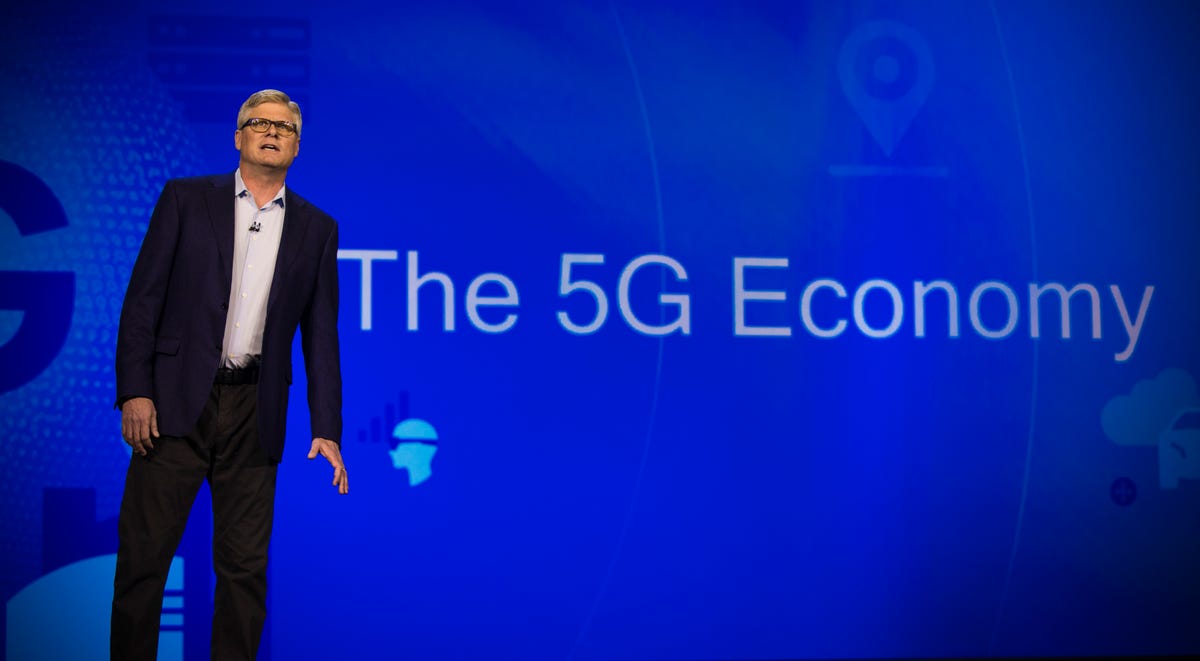

Qualcomm CEO Steve Mollenkopf talking up 5G at last year’s CES.
James Martin/CNET
True fifth-generation wireless mobile devices — those that can leave current 4G LTE speeds and latency in the dust — aren’t expected until 2019 at the earliest. But in 2018, we may see at least two 5G “gateway drugs” in the form of gigabit LTE and fixed 5G wireless. The former, which delivers theoretical speeds up to 1,000 megabits, is already available in some US markets — if you’ve got a compatible device like the Samsung Galaxy Note 8. The latter is a substitute for superfast cable or fiber connections to the home — and it’s slated to hit at least five markets in the US (including Sacramento) before the end of 2018. Eventually, ubiquitous 5G could even replace Wi-Fi, and power vast networks of sensors for so-called smart cities. But — besides a scheduled panel discussion — will we get additional any surprise 5G hardware or service announcements at CES?
Read more: CES 2018 is where you’ll start caring about 5G
When does battery tech get meaningfully better?
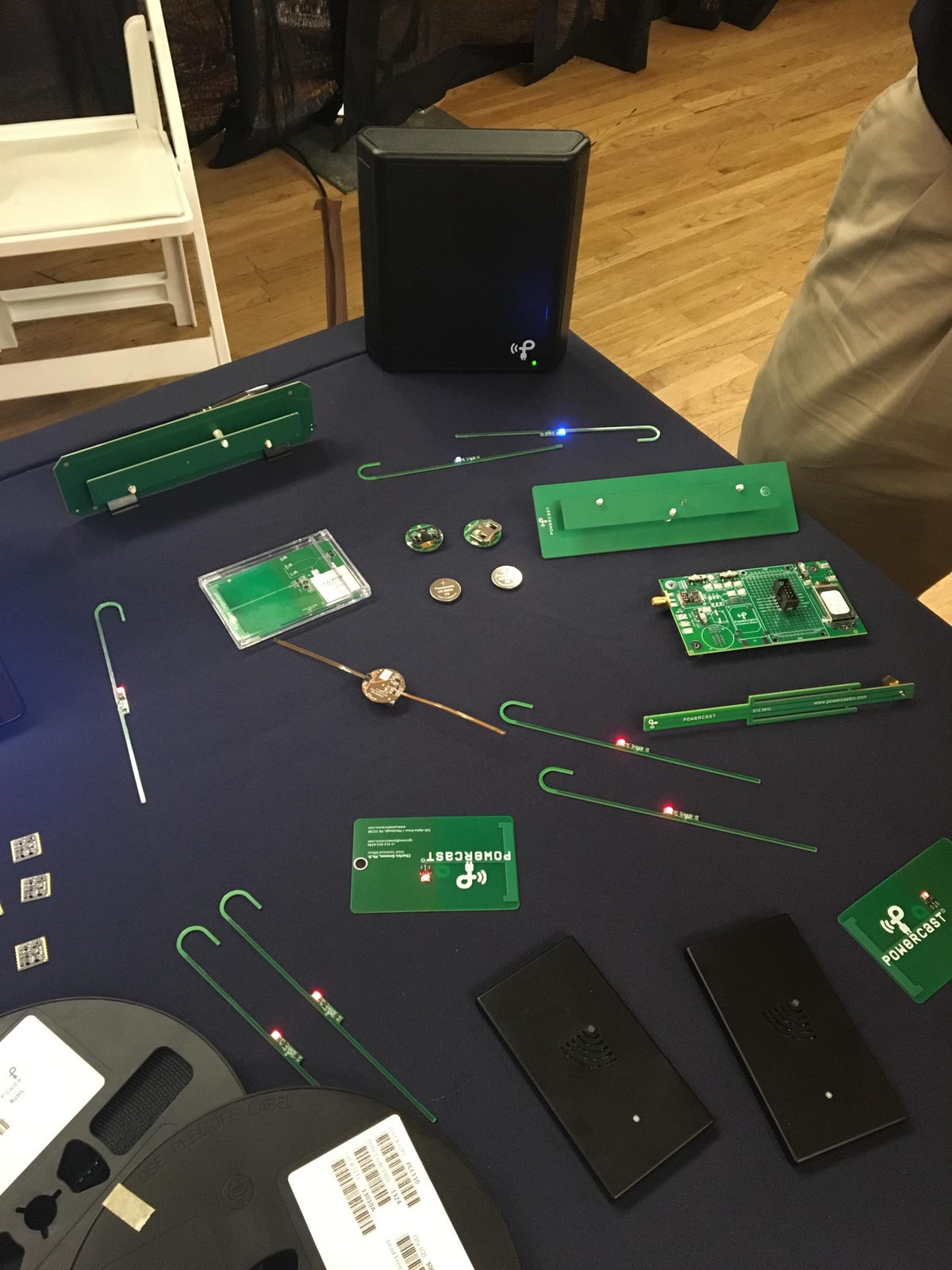

Powercast demonstrated its distance-charging tech in New York in the summer of 2017.
Brianne Garrett/CNET
2017 began with Samsung identifying — and fixing — major quality assurance failures with its Note 7 batteries and ended with Apple apologizing for throttling the speeds of aging iPhones without adequately explaining itself to consumers. Both issues were arguably two sides of the same coin: the fact that even the world’s largest, most sophisticated companies are struggling to get phone batteries to last much past dinnertime. While we don’t expect to see any new battery tech that will let device usage be measured in days instead of hours, we’ll at least get a glimpse of the latest true wireless charging technology from the likes of Energous and Powercast, which has just been approved by the FCC.
Are medical-grade consumer wearables ready for primetime?
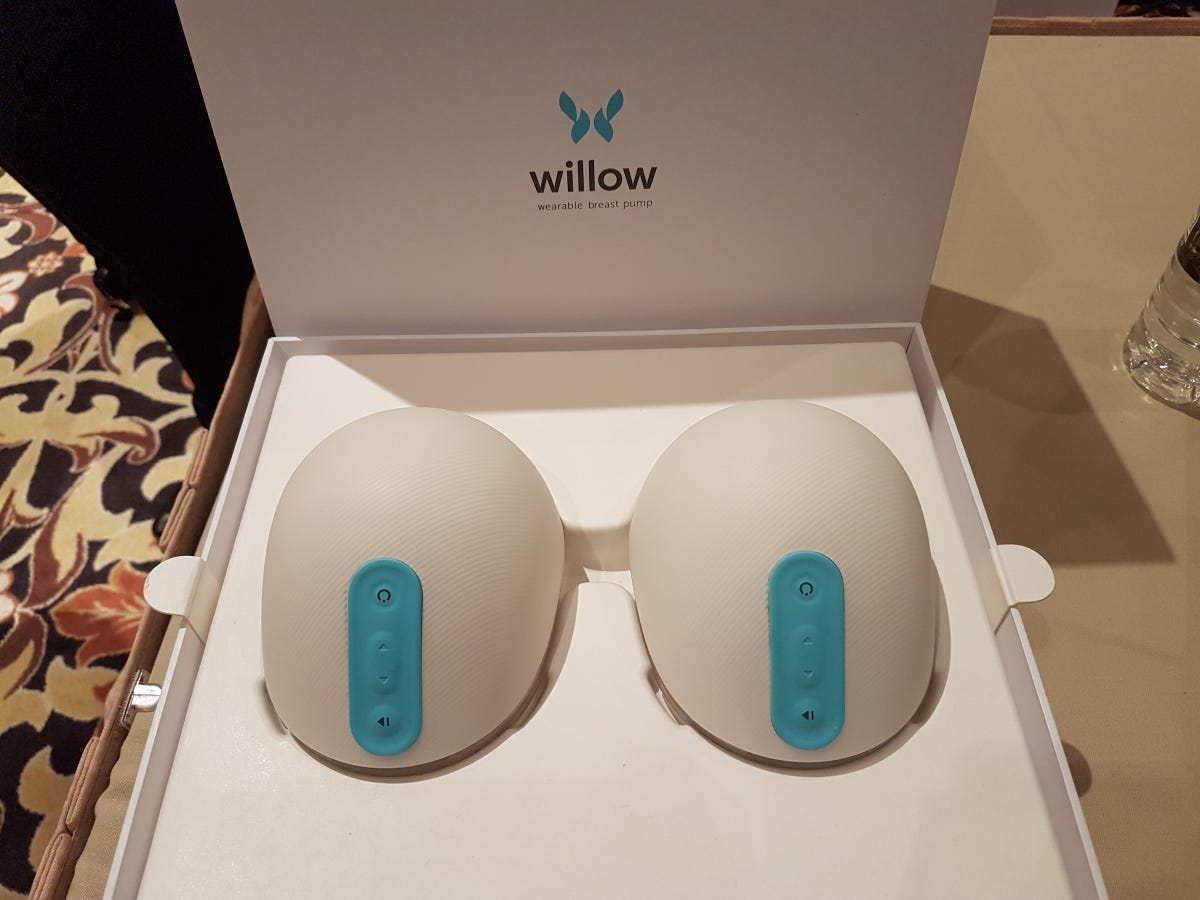

Willow’s cordless breast pump was one of the most talked-about health products of CES 2017.
Claire Reilly/CNET
Fitbits, Garmins, Apple Watches and the like are all quite useful for tracking heart rate, steps and other basic physical activity. But because of the obvious life-and-death implications, moving to monitor conditions like atrial fibrillation or specific blood sugar levels requires (in the US, at least) clearance from the Food and Drug Administration. But between the agency’s 2017 digital health software precertification pilot program and its clearance of Apple Watch add-ons such as the KardiaBand, 2018 could usher in a whole new wave of hospital-grade wearables. Meanwhile, look for the definition of health-tech to continue to go beyond the wrist, with everything from sleep-aiding headbands to more products like last year’s Willow breast pump.
Can CES outshine Detroit for car news?
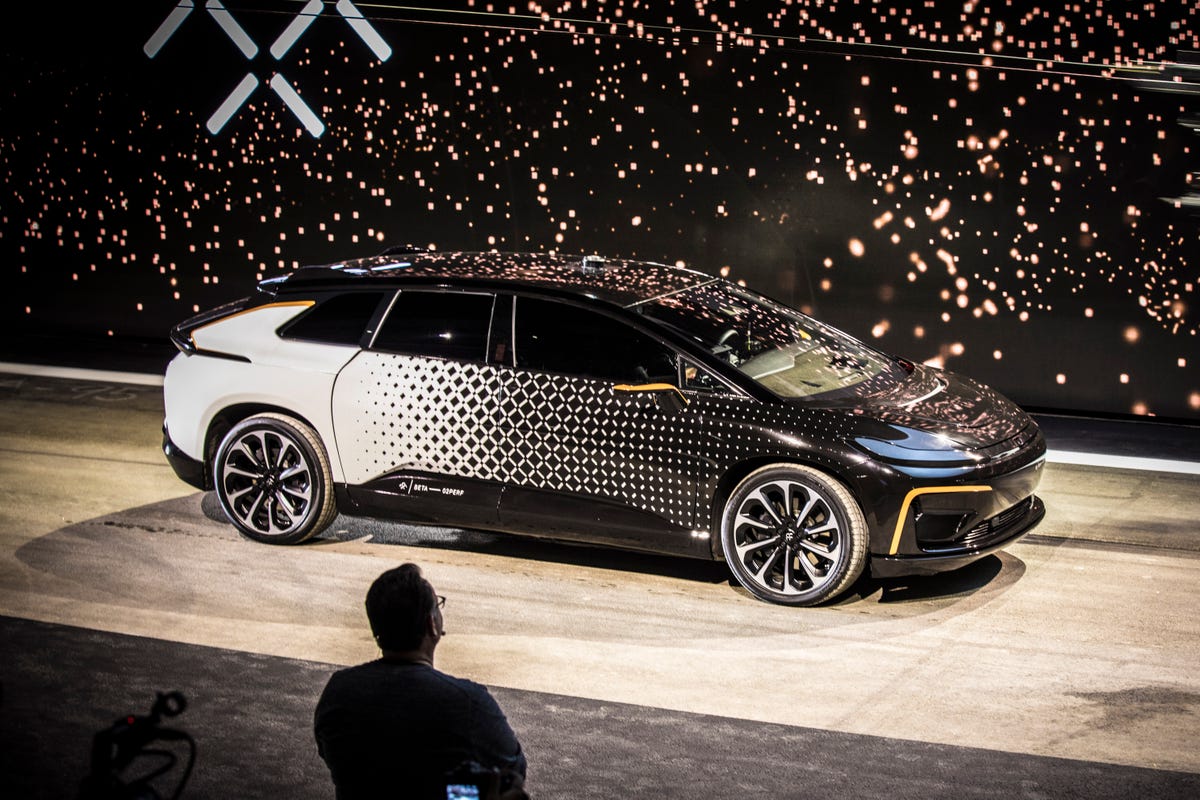

Faraday Future’s FF91 will likely never see the showroom — but that’s why it was so fun to see at CES 2017.
James Martin/CNET
Thanks to a quirk of event scheduling, CES (Jan. 7-12) bleeds directly into the North American International Auto Show (Jan. 13-28). Year to year, that means that Las Vegas or Detroit has an even chance to outdistance the other when it comes to breakthrough news in auto technology, be it related to autonomous vehicles, electric cars, new cabin tech or just fun concept cars. On the CES side, expect announcements from Kia, Toyota, Hyundai, Renault/Nissan/Mitsubishi, Byton, Nvidia and Mobileye, plus a keynote from Ford’s President and CEO, Jim Hackett.
Read more: The future of driving — and transport — at CES 2018
What’s next for PCs and tablets?
Razer’s Project Valerie prototype
CNET
In addition to getting up close and personal with the newly announced Qualcomm laptops mentioned above, we’re also hoping to see the first hardware to utilize the new EMIB (Embedded Multi-Die Interconnect Bridge) technology that pairs Intel CPUs with Radeon graphics chips from rival AMD. As well as plenty of hardware refreshes from PC stalwarts such as HP, Dell, Asus and Acer, we’re also hoping that Razer can top its crazy-in-good-way Project Valerie three-screen laptop concept from last year.
Read more: CES 2018 PC preview: What to expect from laptops, desktops and tablets
Can any AR or VR products one-up Magic Leap or Oculus Go?
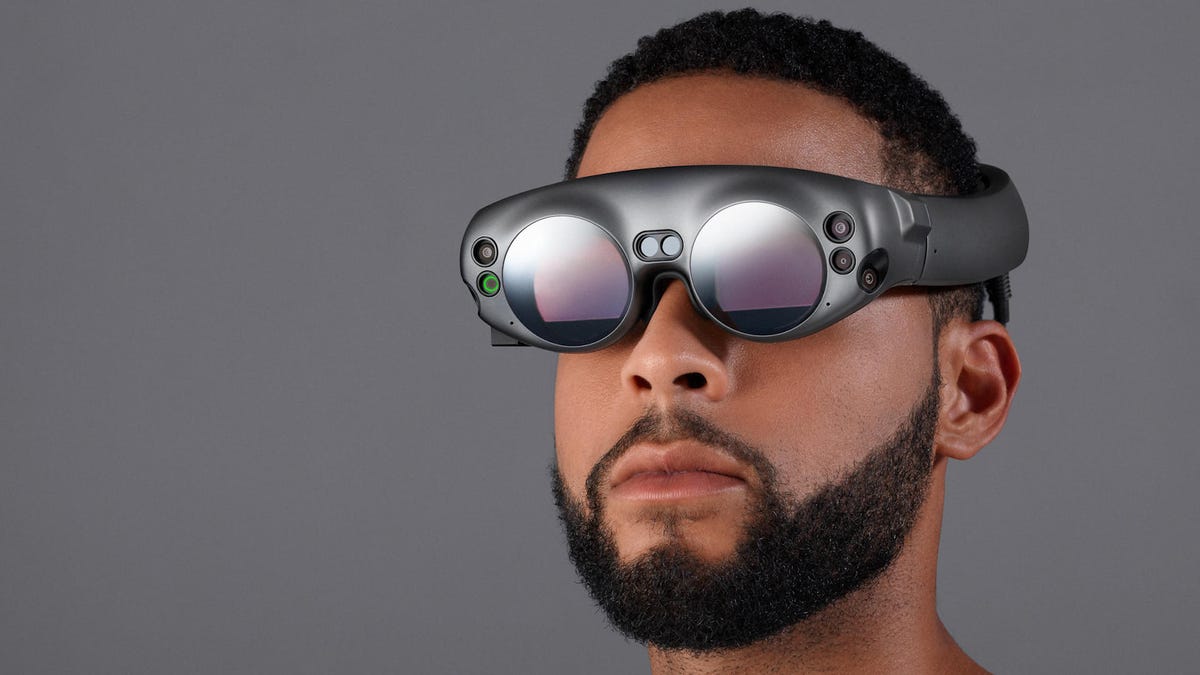

Magic Leap
2018 looks ready to shake the augmented- and virtual-reality fields out of their funk, with splashy new hardware on deck from Google-backed Magic Leap and Facebook’s Oculus division. Apple and Google, meanwhile, have supercharged mobile AR with their ARKit and AR Core platforms for iOS and Android, respectively. Will any other companies step up at CES to challenge them? Keep your eye on HTC, Intel and Qualcomm, as well as smaller companies exhibiting at the various nighttime CES events (Unveiled, Digital Experience and Showstoppers). The things you’re most likely to see are new types of tech being explored (improved haptic accessories, better displays, advances in eye-tracking), more emphasis on stand-alone headsets like the aforementioned Oculus Go, as well as phone-connected toys like Lenovo’s Star Wars AR Jedi Challenges product.
Where are our robot overlords?
There were quite a few robots on display at CES 2017, but most of them ended up being vaporware. (Kuri squeaked through and shipped some units with just 10 days to spare in 2017.) Two of our biggest questions for CES 2018: will we see any “real” consumer robots introduced that will ship before the end of the year? And will they actually do anything beyond the requisite vacuuming and lawnmowing discs that we’ve already seen?
The robots of CES 2017






CES 2018: Complete coverage: CNET’s comprehensive coverage of tech’s biggest show
CES 2017: The final word: Our wrap-up of last year’s show




